No products in the cart.
Blue Podocarpus Yew – 3 Gallon Pot
$73.85 Original price was: $73.85.$51.70Current price is: $51.70.
SKU: D2LSC 3931902164 Categories: PLANTS & TREES, TREES
- The quality you expect, the service you deserve.
- Where quality meets convenience.
- Shop with Zero Worries
- Service with a smile, always online.

Blue Podocarpus
Podocarpus elongatus ‘Monmal’
Other Names: Breede River Yellowwood, Cape Yellowwood, Yellow-Wood
Plant Details
USDA Plant Hardiness Zones: 7a-11 Find Your Zone
Plant Type: Evergreen Tree
Height at Maturity: 10-12′ in as many years; 15-25′ at maturity, can be kept much shorter with trimming
Width at Maturity: 4-5′ in 10 years; 15-20′ at maturity, can be kept much smaller with trimming
Spacing: 5-10′ for solid hedges or privacy screens; 25′ for space between trees
Growth Habit / Form: Shrubby when young, Upright Pyramid with age
Growth Rate: Slow, 6-12″ per year
Flower Color: NA
Flower Size: NA
Flowering Period: NA
Flower Type: NA
Fragrant Flowers: No
Foliage Color: Lime Gray-Blue new growth maturing to a Cool Grayish Blue-Green
Fragrant Foliage: No
Berries: No
Berry Color:
Sun Needs: Full Sun or Part Shade, Morning Sun with Afternoon Shade, Morning Shade With Afternoon Sun
Water Needs: Average, Low when established
Soil Type: Clay (amend heavy clay soil to ensure good drainage), Loam, Sandy, Silty
Soil Moisture / Drainage: Well Drained Moist; Drought tolerant when established
Soil pH: 6.0 – 7.0 (Slightly Acid preferred)
Maintenance / Care: Very Low when left to grow natural. Can be trimmed to control size and for shaping purposes
Attracts: Visual Attention
Resistances: Deer – more info, Disease, Drought (when established), Heat, Humidity, Insect
Description
The folks at Monrovia Nursery say this is the first Podocarpus tree with distinctive blue foliage. It’s the first we’ve seen, so they’re probably right. The new growth on the Blue Podocarpus is a bluish lime-green maturing to a cool grayish blue-green. From what we’ve observed at our farms, the plant starts out more shrubby looking and then naturally forms a distinctively beautiful pyramidal tree that reaches 10 to 12 feet tall in as many years and maybe 20 feet or a little more at maturity. That said, it responds very well to trimming so can be kept much smaller for tight hedges, as low as 6 feet in height, and various topiary shapes such as a tight column, pyramid, globe, pompom etc. It is year-round hardy outdoors in USDA Zones 9a-11. North of Zone 9 it can be grown in pots, planters and other containers that can be overwintered indoors. Deer resistant and drought tolerant when established.
There has been no report of this plant producing cones, so it has not been determined if the Blue Podocarpus is a male or a female.
Landscape & Garden Uses
Growing 6 to 25 feet tall and 6 to 20 feet wide depending on pruning, the Blue Podocarpus has many uses in the landscape or in pots, planters and other containers. Left to grow natural it assumes an upright pyramidal form ideal for use as a specimen, in groupings or in privacy screen plantings. Can be trimmed occasionally to control size and for shaping purposes to form tight hedges or various topiary shapes (columns, pyramids, pompom, etc). A fine addition to Asian theme gardens, formal and topiary gardens, and the Xeriscape (low water needs).
Suggested Spacing: 5 to 10 feet apart for solid hedges or privacy screens
Note: For our customers who live and garden north of USDA Plant Hardiness Zone 9a, where this Podocarpus is not reliably winter hardy, you’ll be happy to know it can be grown in containers which can be brought indoors during winter and placed back outside when temperatures warm up in spring.
Growing Preferences
The Blue Podocarpus Yew is very easy to grow in most any moist but well-drained soil and full sun or part shade. It does not like a poorly drained constantly soggy or wet soil and is very drought and heat tolerant when established. Plants can be trimmed occasionally for shaping purposes. Cease pruning two months prior to the average first-frost date in your area.
Helpful Articles
Click on a link below to find helpful advice for how to plant, prune, fertilize and water Podocarpus.
How To Plant & Care For Podocarpus Yews
Privacy Screen Planting Design & Planting Tips
Plant Long & Prosper!
Meet The Wilson Brothers & Staff
Questions? Contact Us
Be the first to review “Blue Podocarpus Yew – 3 Gallon Pot” Cancel reply
Related products
Sale!
Sale!
PLANTS & TREES
Sale!
Sale!
Sale!
FRUIT TREES & PLANTS
Sale!
JAPANESE MAPLE TREES
Sale!
GROUNDCOVER PLANTS
Sale!
PLANTS & TREES

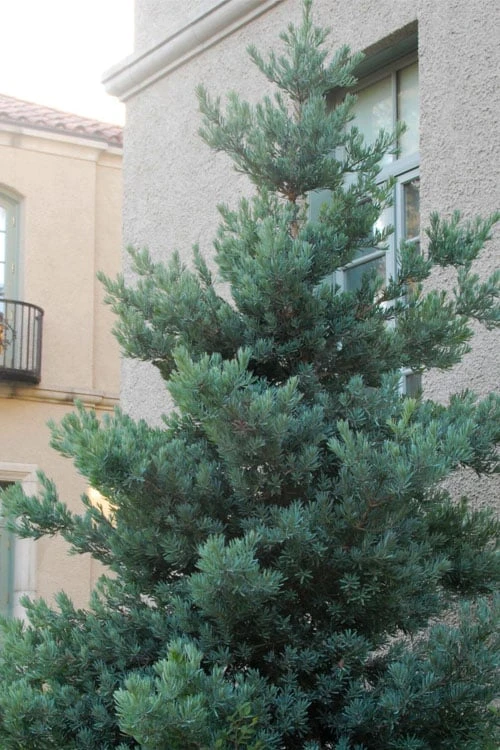


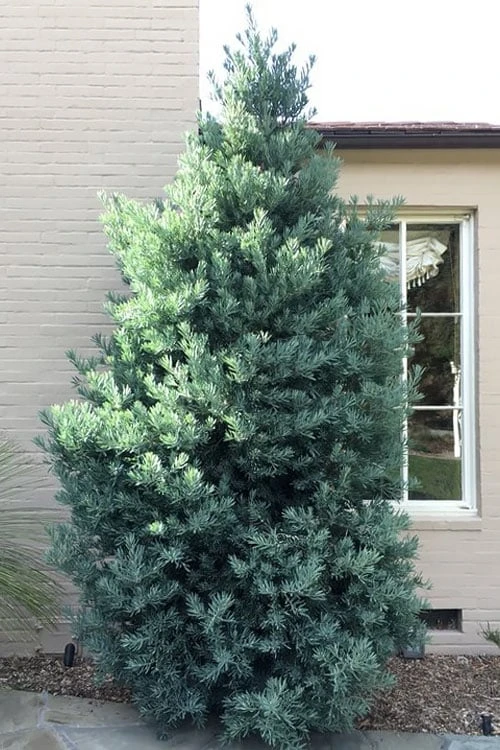


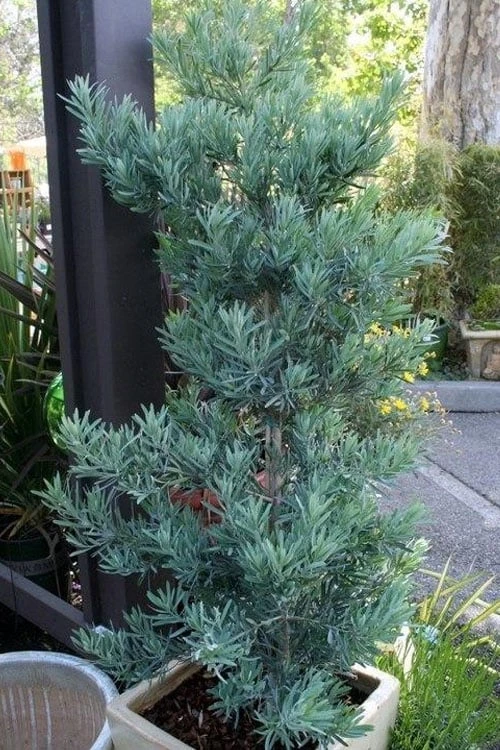



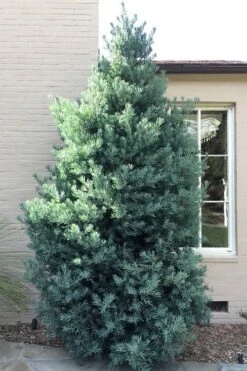
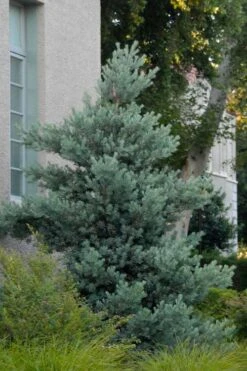
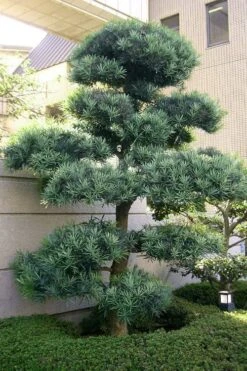


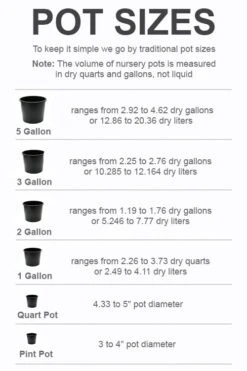
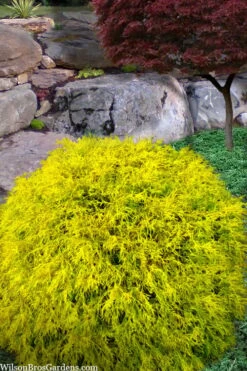
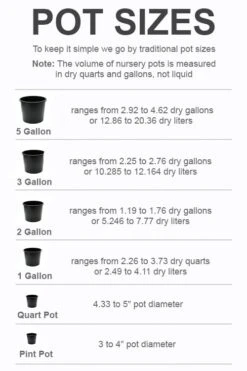


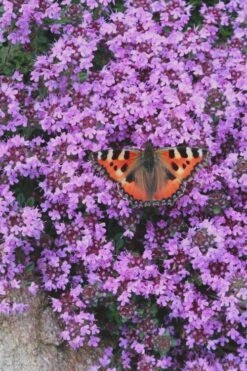
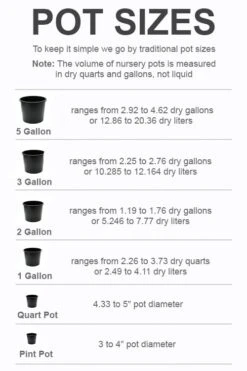

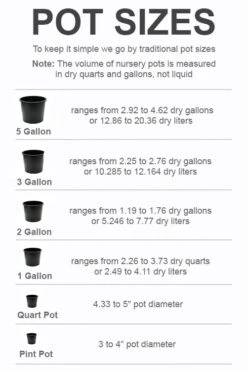
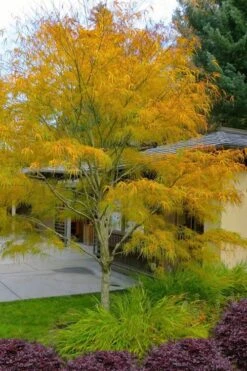
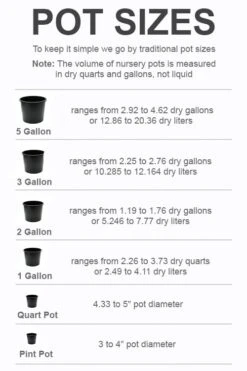

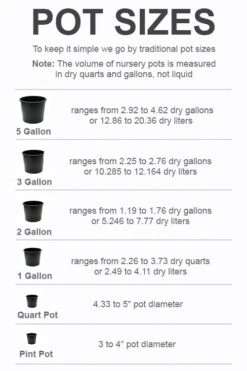
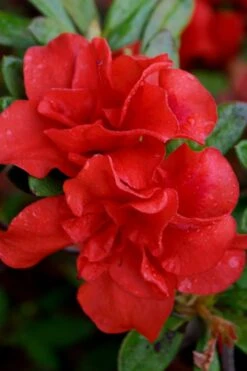

Reviews
There are no reviews yet.